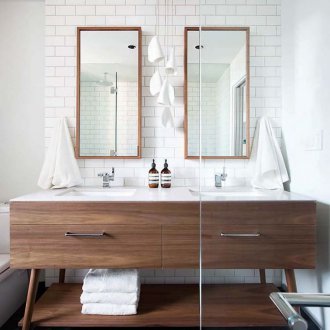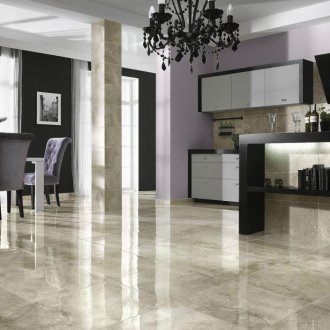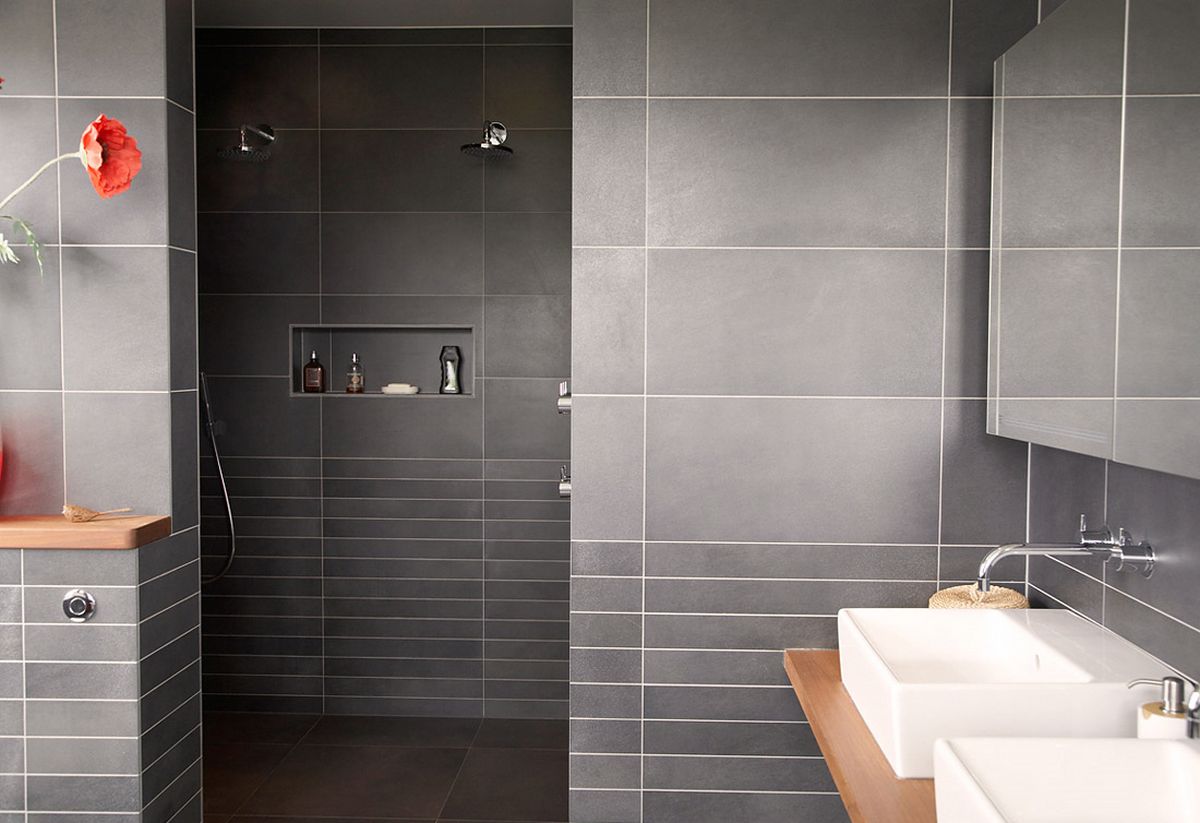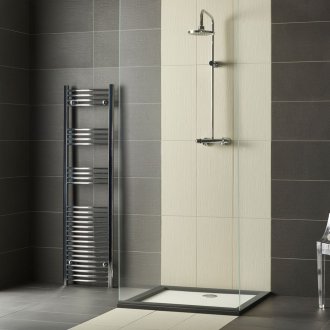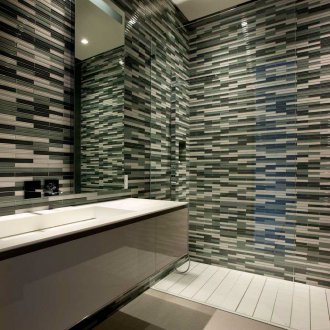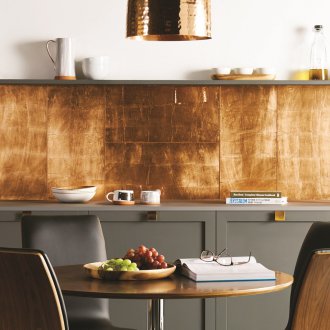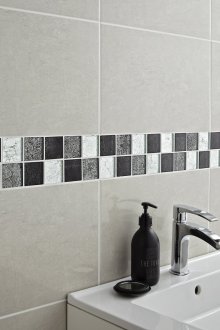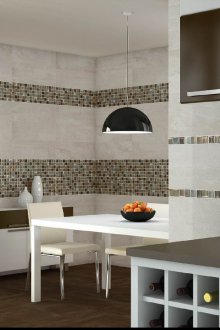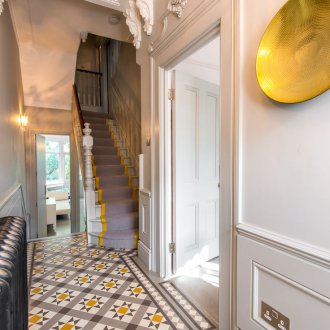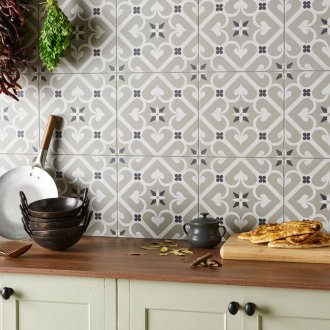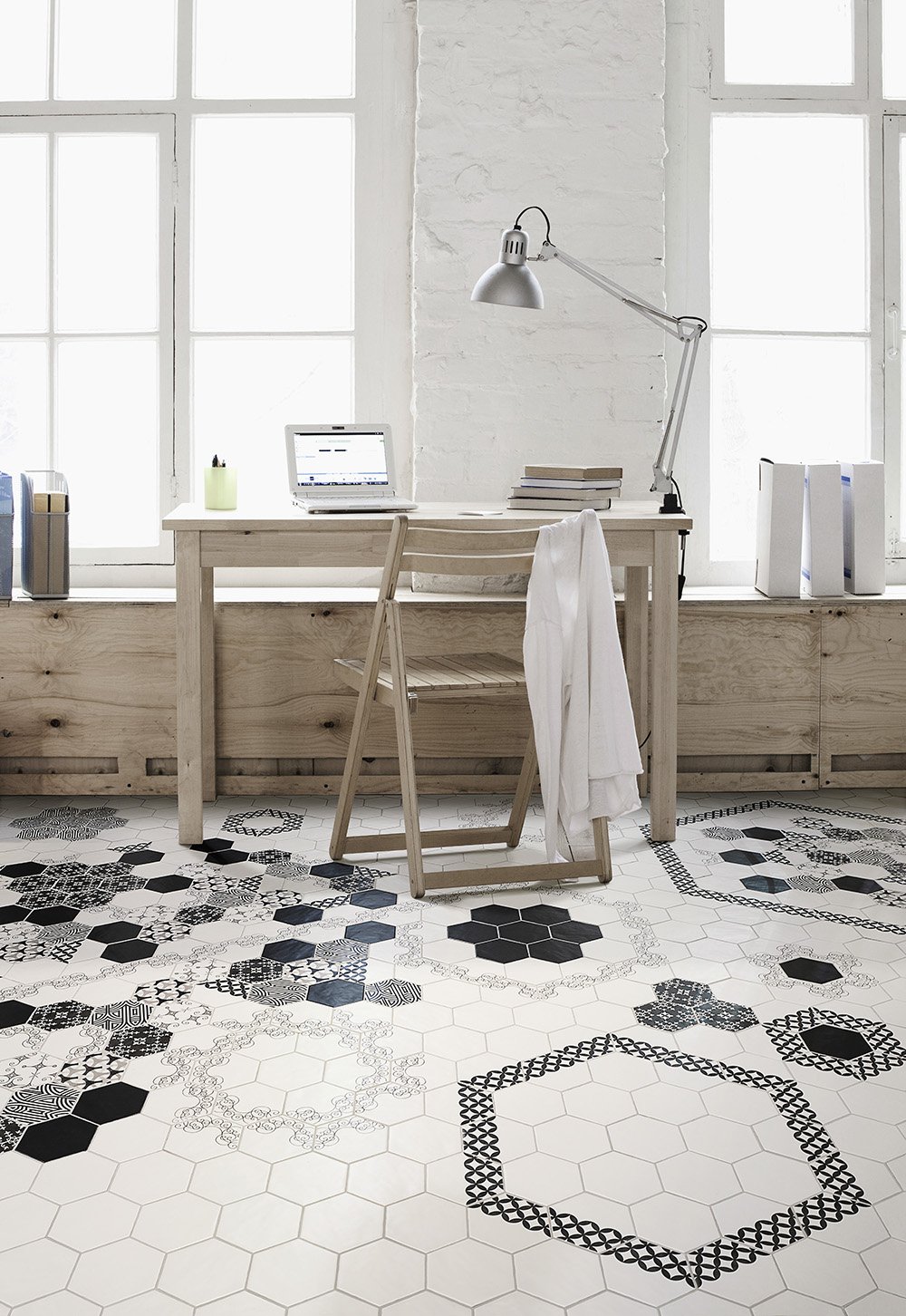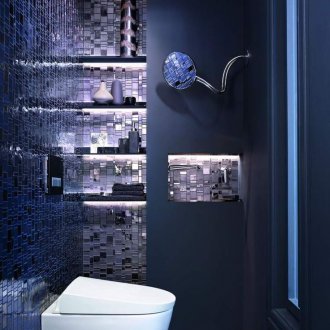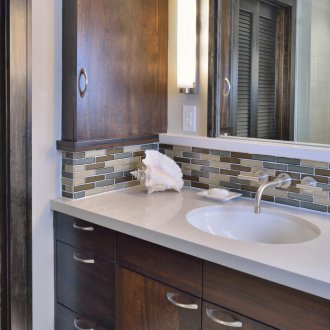Modern types of tiles: a variety of materials and textures
Content
The modern market for finishing materials is full of various types of materials. The leading position is occupied by tiles. It has a number of advantageous characteristics and has a fairly broad scope. It is laid on the walls, floor and ceiling in the bathroom, toilet, kitchen, hallway and even the living room. There are various types of wall tiles for the street. Paving slabs are actively used in creating landscaping - it is decorated with modern paths on personal plots. Let's study this issue in more detail and find out what materials are used to make the tiles and whether or not to buy this material at all.
Application area
Tile cladding is a popular and sought-after service in the price list of construction companies. And all because she has a complete set of necessary qualities. As mentioned earlier, there are various types of floor tiles, which are distinguished by increased indicators of wear resistance and protection against mechanical damage.
Floor tiles in the toilet - the most common option that can be found, perhaps, in every Russian apartment. Tiles for the kitchen should be immune to temperature extremes and humidity. Some types of ceramic tiles are used to create the interior of the living room, here the main factor when choosing a material is aesthetic data.
When forming the exterior, "squares" for tracks are actively used. They should have a rough and seasoned character, because the weather on the street can be very cold. In order to understand all this diversity, it is necessary to consider each option in more detail.
So, according to the purpose, the following types of ceramic tiles are distinguished:
- Floor;
- Wall;
- Ceiling
- Facing and front;
- Sidewalk;
- Decorative;
- Finishing.
Attention: ceramics is the most popular material today. It is used both inside the building for decoration and outside for cladding and decoration of facades. It tolerates temperature extremes and feels good even on frosty winter days. Now there are various types of tile laying, which even a novice builder can master.
It should be noted that the cost of the tile entirely depends on the conditions of its operation. For example, almost all types of paving slabs have a fairly high price, so when choosing materials, you should take into account the environmental features. Consider a simple example: in a dry room with a normal microclimate, it is advisable to use all types of tiles.
They are inexpensive and fully satisfy all the requirements for them, depending on the type of surface. However, for a bath or a combined bathroom, for example, varieties such as gypsum tiles are not suitable. And for street paths and paths, of course, certain types of granite tiles are selected, because it has the necessary set of qualities for use in cold and rainy conditions.
The subtleties of production
As you already understood, depending on the needs and characteristics of the environment, manufacturers choose various materials.Clay and quartz varieties are used as raw materials. When applying the first category, a plastic mass is created that is easy to mold.
Manufacturers add silica sand to some types of tiles. He acts as a frame of products. Feldspars and carbonates are also being introduced into the compositions. They are necessary so that, for example, ceramic floor tiles or facade tiles acquire their hardness. When the blending process is complete, molding begins. After this, the manufactured base is dried. Then a layer of glaze is applied to it (colored ornaments are applied to some types of decorative tiles). The result is fixed in furnaces at high temperatures. At the warehouse, the products are packed, excluding defective items.
Paving slabs for paths usually do not differ in excellent esthetic data, but its cost is quite high. This is due to the fact that it is endowed with high qualities of resistance to mechanical, chemical and other types of exposure. The same applies to facade tiles.
The main types and varieties
Today, there are a huge number of production technologies. Now there are several types of ceramics. Let's look at this issue more similarly:
- Almost all types of wall tiles are made of a material called biocuture. The surface of the ceramic tile in this case has an enamel layer.
- Monoporosis - ordinary firing tile. This technology is used when the products must be large.
- Gres - types of porcelain tiles painted over the entire area on both sides. Moreover, tile porcelain stoneware can be polished, polished, matte and milled.
- Koto is a single firing material made of red clay.
- Clinker has a dense base, therefore it is distinguished by its special hardness. Certain types of clinker tiles are used to create landscaping.
- Majolica is made from large-pore raw materials. Such products must not be placed in rooms with high humidity.
- Almost all types of floor tiles are made from cottoforte.
- Faience has similarities with majolica, but the raw materials for it have a snow-white color, which is its hallmark. These types of tiles for the bathroom are used mainly for wall decoration.
Tile products have recently gained popularity in kitchen interiors. Aprons from such material, as well as from polyvinyl chloride and vinyl, are easy to clean and harmoniously fit into any design of a kitchen set. And remember that against a black or dark background, pollution is almost invisible.
How to make the right choice?
If you are planning a repair, when buying a tile, you should be guided not only by its ability to withstand environmental “attacks”, but also by aesthetic characteristics.
- In wet rooms, ceramic tiles are laid on the basis that this material is practically not susceptible to aggressive "behavior" of moisture.
- In dry rooms, inexpensive types of ceiling tiles look great.
- For facing the fireplace area, all types of mosaic tiles are suitable.
- When designing paths in the country and paths, give preference to paving slabs of the same shade as the facade of the house. So the overall picture will be complemented and completed. Paving stones are excellent for such purposes. By the way, some types of paving slabs are distinguished by their sophisticated design and the presence of ornaments or patterns. Be prepared for significant expenses if you want the tracks on the site to look beautiful.
- If you are repairing a small room, use light types of ceiling tiles, but the floor is best done in a dark palette. Light flooring requires more frequent cleaning.In addition, over time, pollution penetrates into the deeper layers of the product, which greatly affects the aesthetics.
- Practicality plays an important role. It does not matter what types of paving slabs or tiles for interior decoration you choose, it is important that they are easy to clean and harmoniously fit into the overall style.
At the end of the article I want to talk about the reverse side of the coin. Like any other coating, ceramic tile has a number of negative aspects. For example, it is tough enough, so it can not be laid in gyms or children's rooms. It is also advisable to mention the fact that chips and cracks often appear during careless operation. With the wrong choice of floor material, you may encounter the problem of sliding on the surface. Do you understand why the floors in the toilet or bathroom are very cold in winter? In rooms where there is no heating source, ceramic tiles quickly lose heat. As you can see, of course, she has no shortcomings as many as advantages, but they should be taken into account when carrying out repairs.
